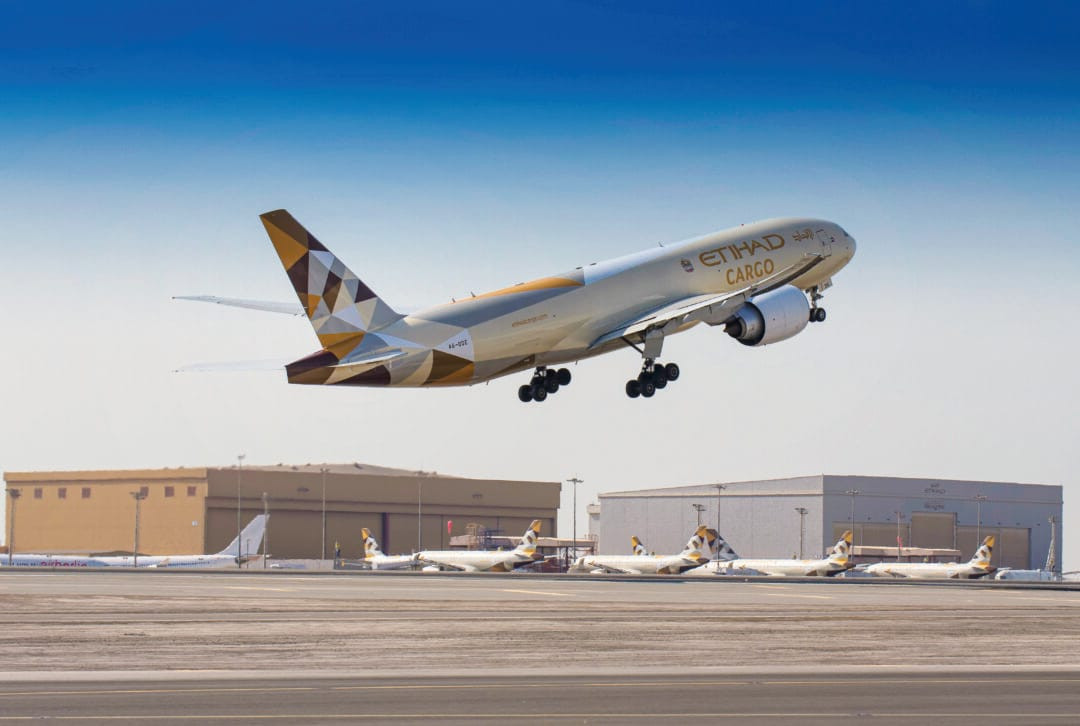
- The Middle East is evolving from a transport center to a strategic flight strategy, and benefits from its location to connect Asia, Europe and Africa with faster and reliable shipping services.
- Transport companies improve fleets with common aircraft such as A350S and 777s, cost efficiency, maintenance, and operational flexibility via various demand profiles.
- The planning of the Agile Network provides launching rapid tracks and rented modifications, allowing transport companies to respond to high demand while maintaining strong and stable charging operations.
With the transformation of world trade patterns and supply chains require greater flexibility, the Middle East’s ability to work as a bridge between East and West has become more important than ever. Today, the Middle East is no longer just stopping the transportation but it is a operating center where logistical strategies are designed to end. This strategic location allowed transport companies and logistics owners to capture the increasing demand for goods services faster and more reliable.
But geography alone is not enough. The success of the region as a flying force depends on its ability to innovate in capacity management, adaptation to volatile trade patterns, and improve the fleets of various demand definition files.
By rationalizing fleet options and taking advantage of common denominators, transport companies can maintain cost efficiency while meeting different demand profiles. This strategy becomes more important because the schedules of delivery to extend the new aircraft for several years, which makes planning forward a law balanced between the long -term fleet obligations and the short -term movement in the short term. This flexibility is of special value in the market where commercial flows can be unbalanced.
“If one direction is very strong, the other direction is usually less, because the goods move primarily in one direction,” explained by Leonard Rodriguez, director of revenue and network planning – goods. “The presence of passengers and shipping options alike reduces this challenge.”
The fleet decisions play an important role in this strategy. “The A350 will run on both sides of the passengers and goods, similar to what we are doing today with 777s,” says Rodriguez. “This approach brings efficiency because these are the same types of aircraft. It allows us to share engine gatherings, simplify maintenance and improve crew qualifications.”
This provides an interesting technical feature: “There is already a lot of common denominators between the main surface of the A350 charging and 777 charging, which simplifies the deal and improves operational flexibility.”
 Abu Dhabi’s feature
Abu Dhabi’s feature
When it comes to network planning, the site remains a strong discrimination. Rodriguez does not hide the importance of being its main headquarters in the right place. “The presence in the Middle East has been the best over the past three years. Abu Dhabi, in particular, gives us the ability to connect Asia, Europe and Africa to some of the most efficient directives in this industry.”
This position is the company’s operational priorities. “Our business model will have the highest density to rotate the shipment from Asia to the Middle East, then from the Middle East to Europe,” Rodriguez explains. “So when we choose the type of plane, we look for performance via the road basket – for example, Japan, China, Hong Kong and Vietnam to Abu Dhabi.”
While the fleet decisions require a long -term offer, the planning of the path works in a much shorter cycle. “It can take a plane ten years before delivery, but a new shipping road can occur in one month,” says Rodriguez. “The covenants can be arranged within a week, while scheduled roads can be prepared within one month, because the reservation window usually opens just two weeks before leaving.”
This fitness allows transportation companies to adapt quickly with high requests or transformations. “When you harden a shipping path, you already have fixed obligations of customers. This is very important because if you put 100 tons somewhere, you want more than 100 tons of demand on average. It gives you space to control prices if necessary but avoids the danger of empty flying,” he notes.
Ultimately, the network planning becomes a balancing law between long -term strategic investments and short -term tactical decisions. “The goal is durability and stability in the roads,” says Rodriguez. “This comes from understanding customer requirements and operational flexibility to respond quickly.”